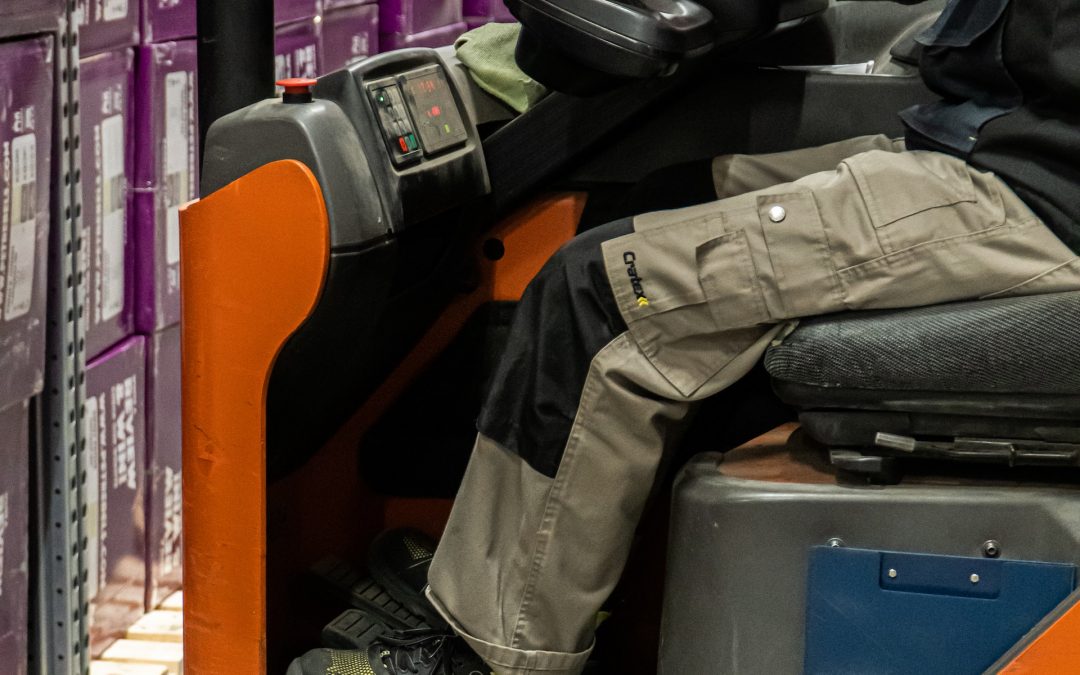Streamlining the indirect material purchasing process is essential for improving efficiency, reducing costs, and ensuring a steady supply of necessary items. Here are steps to help streamline this process:
1. Centralize Procurement:
- Centralize the responsibility for indirect material purchasing within your organization. This ensures better control, reduces redundancy, and simplifies the process.
2. Establish Clear Procedures:
- Develop and document standardized procedures for ordering indirect materials. Make sure that everyone involved understands and follows these procedures.
3. Automate Procurement:
- Implement procurement software or an enterprise resource planning (ERP) system to automate the procurement process.
- Utilize e-procurement tools for online ordering, approvals, and tracking.
4. Supplier Consolidation:
- Reduce the number of suppliers for indirect materials, if possible. Working with a smaller set of suppliers can simplify ordering and negotiations.
- Consider vendor-managed inventory (VMI) programs with key suppliers for automated restocking.
5. Standardize Specifications:
- Standardize the specifications for commonly used indirect materials to reduce the number of unique items ordered.
- Use generic, industry-standard parts and materials when possible.
6. Real-time Inventory Management:
- Implement real-time inventory tracking to ensure you have visibility into stock levels and can reorder materials as needed.
- Use barcode or RFID technology for efficient tracking.
7. Catalog Management:
- Create and maintain a well-organized catalog of indirect materials. Use a digital catalog that can be easily accessed and searched by procurement and operational teams.
8. Demand Forecasting:
- Utilize demand forecasting techniques to predict your indirect material needs more accurately.
- Make data-driven decisions by analyzing historical usage patterns and future requirements.
9. Standardized Purchase Orders:
- Use standardized purchase orders (POs) that include necessary information such as quantities, delivery schedules, and pricing terms.
- Streamlining the PO process helps reduce errors and delays.
10. Automate Approval Workflows:
- Automate approval workflows for purchase orders. Implement predefined approval hierarchies and rules to expedite the procurement process.
11. Electronic Payments:
- Use electronic payments, such as electronic funds transfers (EFT) or procurement cards, for faster and more efficient settlement of invoices.
12. Collaboration and Communication:
- Foster strong collaboration and communication between procurement, operations, and finance teams.
- Ensure that all relevant departments are aligned on procurement requirements and schedules.
13. Supplier Performance Management:
- Regularly evaluate and manage supplier performance. Set expectations for lead times, quality, and reliability.
- Use supplier scorecards to track and reward good performance or address issues.
14. Regular Process Review:
- Conduct regular reviews of your indirect material purchasing process to identify areas for improvement.
- Seek feedback from end-users and procurement staff for insights into how to streamline further.
15. Training and Skill Development:
- Invest in training and skill development for your procurement team. Ensure they are up-to-date on best practices and technology.
16. Cost Control and Negotiation:
- Continuously monitor costs and negotiate favorable terms with suppliers, seeking cost reductions and volume discounts where possible.
By implementing these steps and utilizing technology and best practices, you can streamline your indirect material purchasing process, reduce inefficiencies, and enhance your overall procurement operations. Regularly review and adapt your procedures to changing business needs and market conditions.

